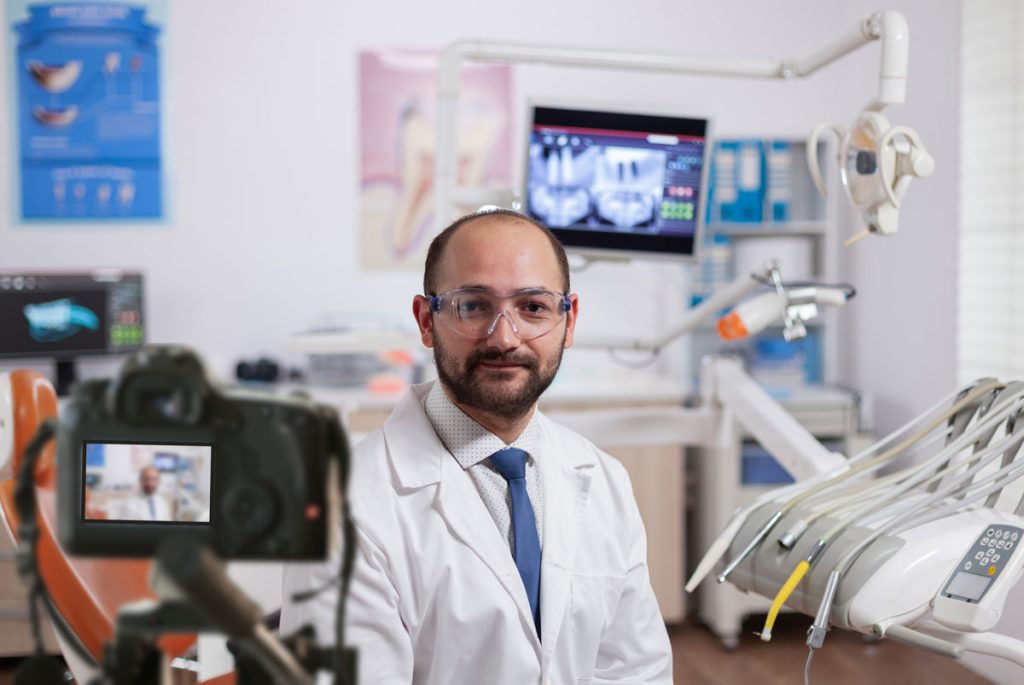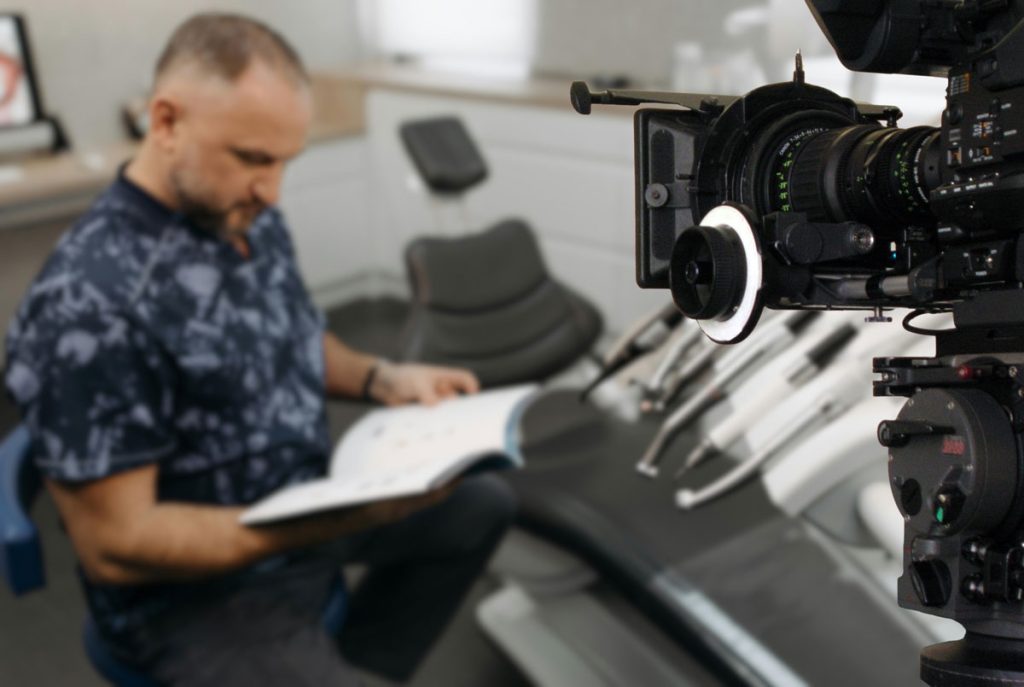The 3 Stages of Video Production Explained
Video isn’t just about pressing record, it’s storytelling in motion. Businesses, creators, and even community groups use it to grab attention, explain ideas, and build trust. But before you jump into filming, it helps to know the process inside out. Video production has three major stages: pre-production, production, and post-production.
Each stage has its own moving parts, challenges, and opportunities. Skip one, and the final video feels unfinished. Nail all three, and you’ll have content that not only looks good but also delivers results.
Let’s walk through each stage step by step and see how it all comes together.
What “Stage” Means in Video Production
Think of the stages of video production as chapters in a book. Each chapter carries its own focus:
- Pre-production is planning.
- Production is capturing footage.
- Post-production is polishing and delivering.
Together, they form a complete journey from idea to final cut. Whether you’re creating a social media clip, a brand commercial, or a documentary, these stages remain the backbone of the process.
Skipping one stage is like trying to bake a cake without mixing the ingredients, you’ll end up with a mess.

Stage 1: Pre-Production
Pre-production is where the foundation gets laid. The smoother this stage runs, the easier the shoot and edit will be.
Concept & Strategy
Every strong video starts with a clear purpose. Ask yourself:
- What’s the message?
- Who’s the audience?
- What action should viewers take afterward?
For example, a café in Spring Branch West might want to introduce a new seasonal drink. Their concept could be: “Showcase the drink being made, highlight its fresh ingredients, and position it as the must-try beverage of the season.”
By identifying the goal upfront, you avoid wandering ideas that waste time and budget.
Scriptwriting & Storyboarding
A script isn’t just dialogue, it’s the backbone of your video. Write as if you’re talking directly to the viewer. Use simple sentences, short beats, and natural language. Break it into three key parts: hook, body, and call-to-action.
Then comes the storyboard. Even stick-figure sketches help visualize how shots connect. A storyboard prevents awkward pauses on set where people ask, “What’s next?” It also ensures the director, crew, and client all share the same vision.
Budgeting, Scheduling, and Permits
Money and time guide creativity. A realistic budget avoids last-minute panic. Divide your budget into essentials: crew, gear, talent, locations, editing, and music licensing. Add 10–15% for surprises because surprises always happen.
For scheduling, group similar shots together. If you’re filming at a café in Spring Branch West, shoot all scenes there in one block rather than hopping between locations.
If the shoot involves public areas, get permits early. A simple oversight here can shut down a production day and drain resources.
Casting, Crew, and Gear
Your team matters more than your tools. A skilled cinematographer with a mid-range camera can outperform an amateur with the best equipment. Choose people who understand their roles and can adapt under pressure.
For gear, keep it practical. Bring what you’ll actually use. Overpacking slows setups and clutters the set. Create a detailed gear checklist and double-check it before leaving.
Stage 2: Production (Shooting)
Once the plan is set, it’s time to roll cameras. This stage combines technical skill with creative energy.
Set Roles: Director, DP, Gaffer, Sound
On set, every role has purpose.
- Director: Shapes the vision, guides performances, and ensures the story flows.
- Director of Photography (DP): Manages cameras, framing, and visual style.
- Gaffer: Handles lighting design and execution.
- Sound Recordist: Captures clean, crisp audio.
Smaller productions may merge these roles, but clarity is key. Confusion wastes time and frustrates both crew and talent.
Camera, Lighting, and Sound Best Practices
Camera: Use framing to guide the audience’s eye. Leave headroom and lead room for natural composition. Always check focus and exposure with proper tools, not just by eye.
Lighting: Treat lighting as painting. Begin with a strong key light, add fill for balance, and rim lights for separation. Diffuse harsh lights for flattering skin tones.
Sound: Viewers forgive shaky shots, but not muffled dialogue. Use lavalier mics or booms, and always wear headphones to monitor in real time. If the location is noisy, capture room tone, it helps in post.
Managing Time, Talent, and Clients
Shoots run on tight timelines. A clear call sheet keeps everyone on track. Stick to it but allow breathing room for creative adjustments.
Talent performs best when they feel valued. Provide water, breaks, and clear direction. Keep client expectations in check by assigning them a single point of communication during the shoot.
B-Roll, Continuity, and Pickup Shots
B-roll is your editor’s safety net. Capture plenty, wide shots of locations, close-ups of hands, natural reactions. These shots cover edits and add texture.
Continuity keeps the story believable. Track wardrobe, props, and lighting across takes. If a mistake slips in, solve it with pickup shots before wrapping.
Nightwolf Productions: Serving Spring Branch West
For businesses in Spring Branch West, Nightwolf Productions makes professional video production straightforward. Our team handles every stage from brainstorming creative ideas to delivering polished videos optimized for digital platforms.
We know the local scene, the right locations, and the unique flavor that connects with your audience. Whether you’re a clinic needing patient testimonials, a café showing off your menu, or a retail store building brand identity, we craft videos that make an impact where it matters most, right in your community.

Stage 3: Post-Production
Now comes the magic. Raw footage transforms into a story that entertains, informs, and converts.
Editing: Assembly to Fine Cut
Editing moves in stages:
- Assembly: All selected clips dropped in order.
- Rough Cut: Trimmed for flow and pacing.
- Fine Cut: Polished edits with transitions, timing adjustments, and audio alignment.
A good edit feels invisible, viewers don’t notice cuts; they stay immersed.
Color Grading and Sound Design
Color grading sets mood. Warm tones make content feel inviting. Cool tones create modern vibes. Matching skin tones across shots ensures a natural look.
Sound design builds emotion. Subtle ambient noises, music, and effects layer richness into the story. Always use properly licensed music to avoid copyright headaches.
Motion Graphics, Subtitles, and VFX
Motion graphics add brand recognition, think logo animations, lower thirds, and title screens. Visual effects (VFX) enhance storytelling when needed but should never distract.
Subtitles widen accessibility and boost SEO. They also help viewers watching on mute, a common habit on social platforms.
Review, Revisions, and Deliverables
Clear review cycles save headaches. Two rounds of revisions keep projects on track without endless back-and-forth. Use version labels (v1, v2, final) to stay organized.
Deliver files in formats your client needs:
- High-quality master (ProRes or equivalent)
- Compressed MP4 for web
- Vertical edits for social media
- Subtitles in SRT format
Budget and Timeline Examples
To give context, here’s how budgets and timelines might look:
- Small Promo Video: $2k–$5k, 2–3 weeks
- Corporate Brand Story: $10k–$25k, 1–2 months
- Commercial with VFX: $30k+, 2–3 months
Local rates in Spring Branch West may vary, but these ranges show how scope shapes cost and schedule.
Common Mistakes and How to Avoid Them
- Skipping Pre-Production: Leads to confusion later. Always plan.
- Bad Sound: Invest in a good audio setup.
- Too Many Revisions: Define review rounds in the contract.
- Underestimating Time: Shoots almost always take longer. Pad the schedule.
- Vague Deliverables: Agree on formats and outputs before editing begins.
How Local Businesses in Spring Branch West Can Use Video
- Restaurants: Showcase new dishes or chef stories.
- Clinics: Patient testimonials build trust.
- Retail Stores: Short product videos increase conversions.
- Real Estate Agents: Video walk-throughs sell homes faster.
By working with Nightwolf Productions, you’ll get content that looks professional and speaks directly to your Spring Branch West audience.
One-Page Production Checklist
- Define clear goals
- Identify audience
- Write a concise script
- Sketch storyboard
- Set budget + 10% buffer
- Send call sheet before shoot
- Pack only essential gear
- Capture clean audio
- Plan extra b-roll
- Back up footage
- Add captions
- Deliver in multiple formats
Nightwolf Productions Serving the Spring Branch West Community and Beyond in Houston
Nightwolf Productions is dedicated to serving the diverse needs of the local community of Houston, including individuals residing in neighborhoods like Spring Branch West. With its convenient location near landmarks such as the Bayou City Fellowship – Spring Branch and major intersections like Brittmoore Rd. & Clarborough PI (coordinates: 29.7955812, -95.5682763), we offer dental practice marketing videos Houston services.
Get Dental Practice Marketing Videos at Spring Branch West Now
Navigate from Spring Branch West to Nightwolf Productions Now
Bringing Your Vision to Life with Video
The three stages of video production: pre-production, production, and post-production aren’t just steps on a checklist. They’re the framework that turns ideas into powerful stories. Get each stage right, and your video won’t just look polished, it will connect, engage, and drive action.
For businesses in Spring Branch West, Nightwolf Productions is here to handle the process end to end. From concept to delivery, we make sure your video reflects both your brand and your community.
FAQs
1. How long does a video production project take?
Simple videos may take two weeks, while bigger campaigns can run several months.
2. Do I need professional actors?
Not always. Real employees or customers often create authentic results.
3. Why is sound more important than visuals sometimes?
Audiences forgive shaky footage faster than they forgive unclear dialogue.
4. How many revisions should I expect?
Two rounds are standard. Anything beyond that should be outlined in the contract.
5. What makes Nightwolf Productions stand out in Spring Branch West?
Local expertise, creative direction, and full-service production from concept to final cut.
Related News







